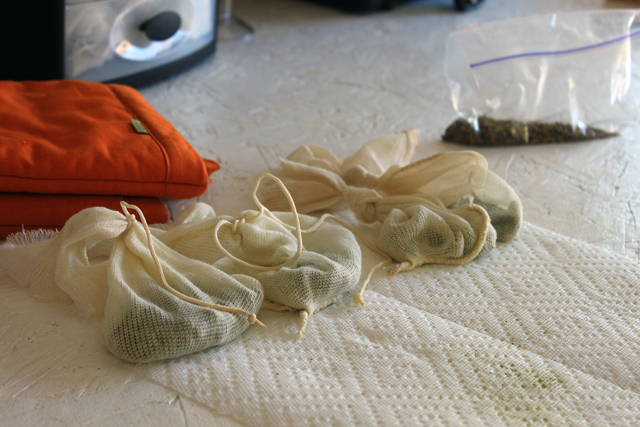| After kegging,getting some good carbonation, and aging for a week, these two turned out okay. Smiling Sky was as expected, and many of the deliciously citrusy qualities we enjoyed the first time around were well replicated. As for Ahimsa, we were missing some important elements, mostly thanks to missing our mash temperatures. Even for the mildly hopped amber, the malt profile was weak and the body light, making it a bit less than we hoped. We continue to learn and improve our method, and the next batches will certainly top these in a number of ways. Cheers to progress! |
















No comments:
Post a Comment